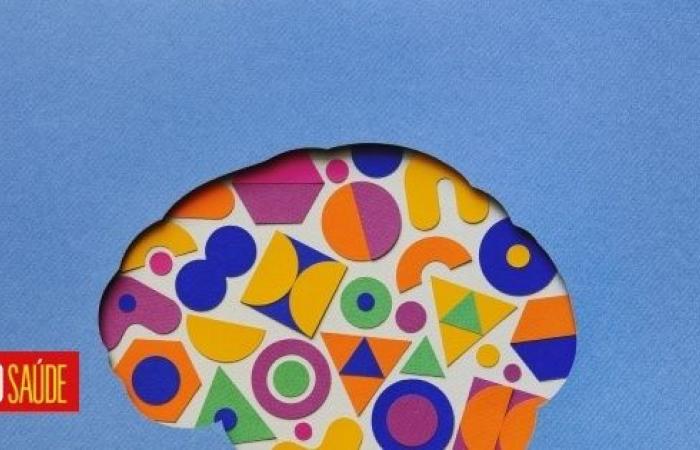A new study, carried out by researchers at Temple University and the University of Pittsburgh, both in Pennsylvania, USA, concluded that varying what we study and spacing out our learning over time is beneficial for memory, depending on what we are trying to learn. or remember.
The spacing effect has been studied for many years: in the 19th century, the German psychologist Hermann Ebbinghaus reported this learning phenomenon in his book “Memory: a contribution to experimental psychology”, from 1885. In it, he explained that the retention of a list of verbal materials, repeated six times on the same day, was inferior to another situation in which the list was repeated once a day, for six days.
This observation, which suggested that information is more effectively encoded in long-term memory when learning sessions are interspersed with long breaks, has been supported by numerous studies over the past 100 years, but it remains unclear exactly how memory works. reinforced in this phenomenon.
A study by the Max Planck Institute published in the scientific journal Current Biology in 2021 tried to understand, through tests on rats, how this spacing effect works. In the experiment, the animals had to find a piece of chocolate in a maze in three attempts, with different periods of time between them.
Annet Glas, a neurobiologist and one of the authors of this study, pointed out that, in the short term, “rats that were trained with the longest intervals between learning phases were not able to remember the position of the chocolate as quickly”, but, “The next day, the longer the pauses, the better the rats’ memory.”
“For example, if you study the night before a test, you may remember the information the day after that test, but you will soon forget it,” says Benjamin Rottman, associate professor of psychology and one of the authors of the new study.”In contrast, if you study on different days before the test, you will be more likely to remember the content over a longer period of time,” he adds.
This study brings again
Most research into the spacing effect has focused on the idea that what you are trying to learn repeats itself identically every time, but this rarely happens in real life, i.e., some factors in our real experiences They may remain the same, but others may not – going to a café regularly, for example, presupposes certain external characteristics that are the same and others that are different.
In this new investigation, published in the scientific journal Proceedings of the National Academy of Sciences (PNAS), researchers conducted two experiments with volunteers, asking them to repeatedly study pairs of items and scenarios that were identical in each repetition or in which the item remained the same, but the scenery changed.
In one of the experiments, a different approach was taken: participants had to test their memory using their smartphones, studying pairs of samples – samples that are paired for comparison in a joint study – several times a day, over 24 hours, which allowed us to understand more accurately the way in which information is understood. In the second experiment, the team collected and analyzed online data in just a single session.
Emily Cowan, lead author of the article, states that “the combination of these two large-scale experiments” allowed us to “analyze the timing of these “spacing effects” on long time scales”: from hours to days, in experiment #1, and in short time scales, and from seconds to minutes, in experiment #2. “Using these two conceptions, we could examine how material that most closely resembles our real-world repeat experiences – in which some aspects remain the same, but others differ – it impacts memory if we are exposed to that information in rapid succession versus at longer intervals… from seconds to minutes, or hours to days”, he adds.
One of the team’s conclusions was, unsurprisingly, that spaced learning is beneficial for remembering items. Furthermore, he found that memory was better for items that had been paired with different “scenes” compared to those that were shown with the same scene. As an example, the team explains that if we want to remember the name of a new person, repeating the name but associating it with different information about that person can be useful.
On the other hand, “associative memory—memory for the item and the scene it was paired with—benefits from stability,” says Rottman. In this case, the spacing effect was only beneficial for memory “for pairs that were repeated exactly, and only if there were very long intervals – hours to days – between study opportunities”. “For example, if we are trying to remember a new person’s name and something about them, such as their favorite food, it is more helpful to repeat the same exact name and food pairing several times, with spacing between each one. ,” says Rottman.
“In theory, our findings should be broadly relevant to different types of tasks, such as remembering someone’s name and things about them, studying for a test, and learning new vocabulary in a foreign language,” Rottman believes. “At the same time, as all these types of tasks have many differences, it is difficult to give concrete advice. We would have to carry out follow-up investigation to provide more concrete guidance for each case”, he emphasizes.






